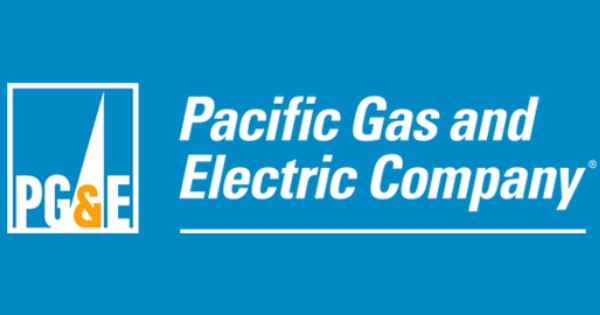The effects of global warming and climate change have impacted a variety of ecological strata within California, and those effects are grossly evident in Santa Cruz County.
From drought conditions to an increase of red tides and seemingly year-round wildland fires, the region has suffered. Pacific Gas & Electric is pledging to assist local residents in hardening electric and gas utilities in an attempt to decrease deadly wildfires.
On Feb. 25, PG&E submitted its 2022 Wildfire Mitigation Plan to the California Public Utilities Commission (PUC). It aims to prevent further losses due to PG&E’s mismanagement of its power system.
Locals have grappled with the constant disruption of power services to homes and businesses alike. In response, the utility has attempted to mitigate dangerous weather conditions (resulting in fires when PG&E lines arc, spark or come in contact with debris) by implementing assorted measures. This includes Public Safety Power Shutoffs (PSPS), which preemptively cut power to areas where high winds and heavy fuels can result in a catastrophic fire event, and Enhanced Powerline Safety Settings, also known as ‘fast trip’ circuits designed to immediately cut power when they are contacted by tree limbs or branches.
PG&E has also contracted with a number of tree services to deploy an Enhanced Vegetation Management (EVM) system to remove excessive branches and keep forest fauna away from power lines.
For all the money and tactics PG&E deployed to solve the issue of power lines causing wildfires, California residents have long pleaded for just one alternative: bury the power lines underground. Now, in 2022, that request looks to be a feature, not a bug, of PG&E’s plan to address its culpability in the plague of wildfires that have swept through the state, resulting in millions of acres burned, thousands of buildings destroyed, and more than 100 deaths (85 of those were from the 2018 Camp Fire).
The 1,000-page Wildfire Mitigation Plan focuses on a number of measures that PG&E believes will help to limit the number of fires caused by the utility while reducing the implementation of PSPS, including the above-mentioned EVM:
- Fire Action Schemes and Technology (DTS-FAST) is a PG&E-developed system that uses fraction-of-a-second tech to detect objects approaching energized power lines and responds quickly to shut off power, before object impact
- Undergrounding work for 2023 is currently in the early project planning stages (exact mileage, circuit segments, and impacts are still undetermined at this time)
- In addition, Rapid Earth Fault Current Limiter (REFCL) mitigates ignitions from line to ground faults such as wires down or tree contacts using technology that detects such faults and limits the fault current to below ignition thresholds. (PG&E has a demonstration project for REFCL technology installed in Calistoga, an area with wildfire risk and historical line-ground outage events.)
- PG&E established the Wildfire Safety Operations Center (WSOC) in 2018. In 2021, the WSOC began the transition to an all-hazards center and is now referred to as the Hazard Awareness & Warning Center (HAWC), a central information hub for all wildfire-related data. The HAWC team monitors, analyzes, and initiates wildfire mitigation and response efforts and watches for fire ignitions across PG&E’s service area in real-time using weather information, wildfire camera data, social media, and data from local and state first responders.
PG&E has determined that two California counties—Butte and Santa Cruz—are high-risk areas that require more immediate attention due to the preternatural tendency for wildland fires, but has not yet released specific data regarding the undergrounding of power lines in those areas.
All of that work comes at a cost, and the financial responsibilities will not be shouldered by the company. While the projected average monthly increase in electric costs to ratepayers due to utility-related ignitions is only estimated to be 44 cents in 2022, the same projected increase in electric costs to ratepayers due to wildfire mitigation is slated to be $6.13/month or an average of 3.7%.
As PG&E gets closer to approaching undergrounding work, ratepayers are encouraged to plan for a nominal increase in their utility bills. Final numbers and impacts on PG&E customers will be forthcoming.









